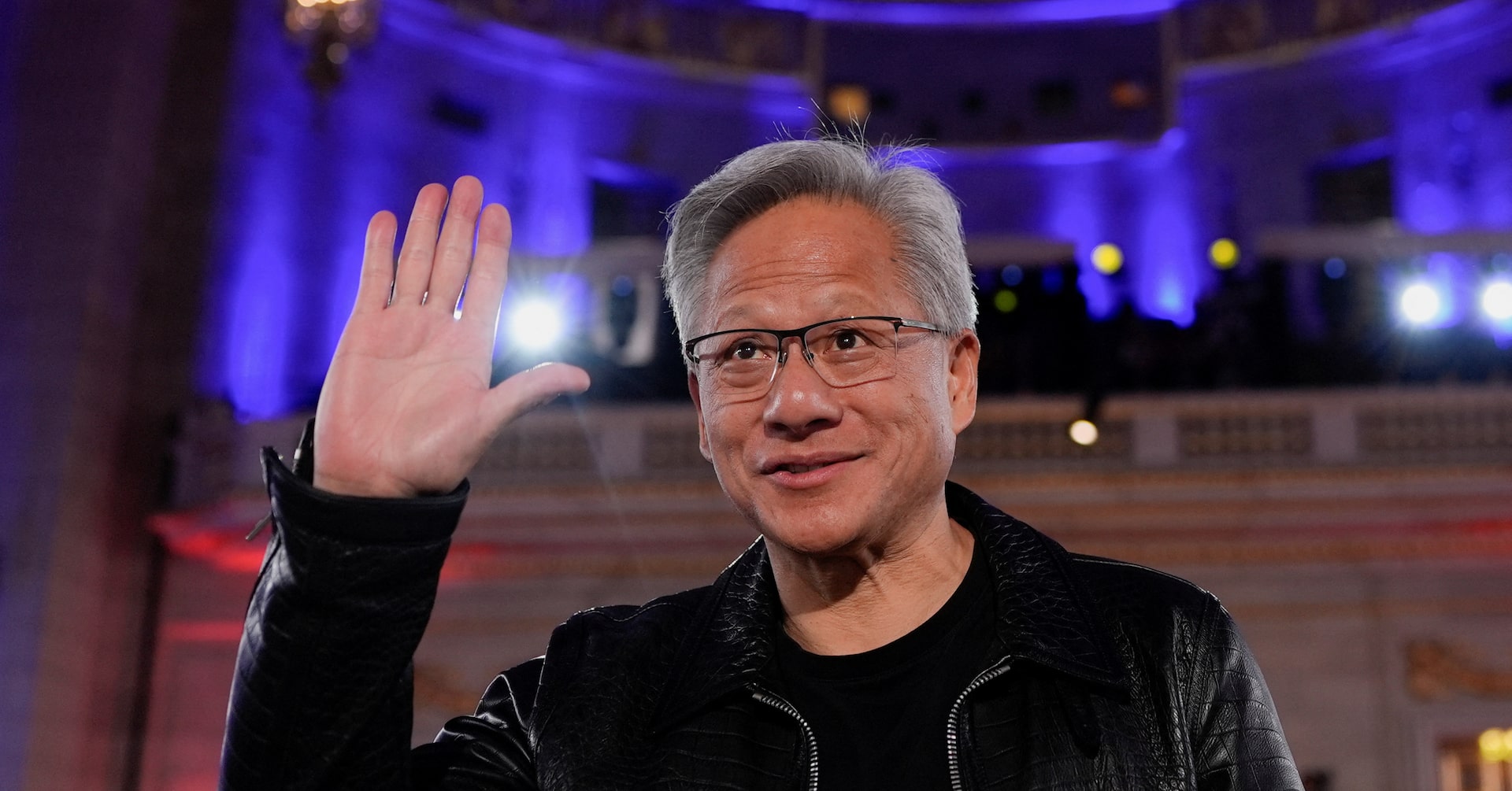
Nvidia CEO Jensen Huang arrived in Taipei to meet with chip foundry partner TSMC as the company navigates growing friction between Washington and Beijing over access to advanced AI chips. Huang said Nvidia is in talks with US authorities about a new China focused AI data center chip, a development that underscores the complex intersection of export controls, national security, and global market access.
The semiconductor industry has become a central battleground in US China technology tensions. Since 2022, US export controls have tightened to limit the flow of advanced AI chips that could have dual use for commercial and defense applications. In response, companies such as Nvidia have developed China specific chips that aim to balance commercial viability with regulatory compliance.
Nvidia's current China specific product, the H20, was designed as a compromise solution that offers AI capabilities while adhering to export rules. Even so, this approach has met obstacles as policy shifts and regulatory scrutiny create uncertainty for suppliers and buyers in China.
This episode illustrates how geopolitics is reshaping technology supply chains and product road maps. Nvidia must manage competing pressures from US policy makers focused on national security, Chinese customers seeking powerful AI infrastructure, and investors expecting growth. The result is a delicate balancing act around compliance, friend shoring, and supply chain diversification.
Other semiconductor firms including AMD and Intel face similar choices. Startups and cloud providers that build AI systems may see their timelines affected by fluctuating hardware availability. The situation also raises the prospect of technological fragmentation, where different markets evolve distinct hardware ecosystems rather than a single global standard. Such fragmentation could slow innovation and raise costs for companies operating across multiple regions.
From a strategic perspective, terms that matter now include export controls, policy incentives, domestic alternatives, and technological leadership. Firms are evaluating friend shoring and regional manufacturing to increase supply chain resilience and reduce exposure to sudden policy shifts.
Nvidia's Taipei visit and its ongoing talks with US authorities capture the broader trends transforming the semiconductor landscape. As companies navigate export rules, regulatory pressure, and national security concerns, supply chain resilience and policy strategy will play an outsized role in shaping the future of AI hardware. The outcome of these negotiations will influence not only Nvidia's market access but also the architecture of global AI infrastructure and the pace of innovation.
For businesses and policymakers, the key challenge will be balancing technological leadership with risk management and compliance. How firms respond to export controls and whether regional ecosystems emerge could determine competitive advantage in the AI era.



